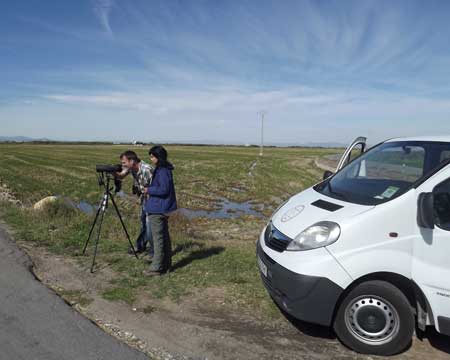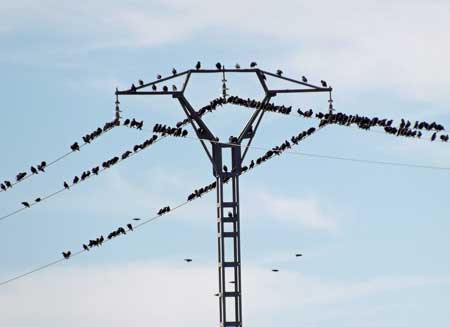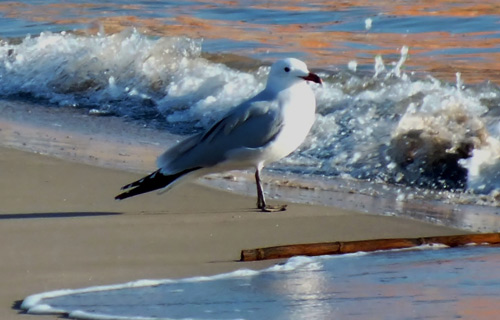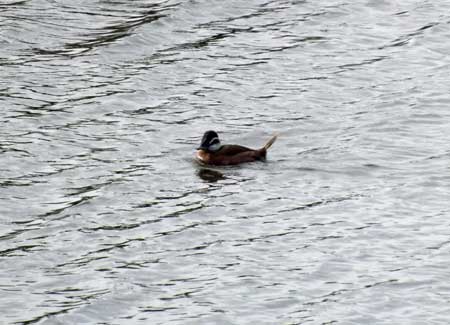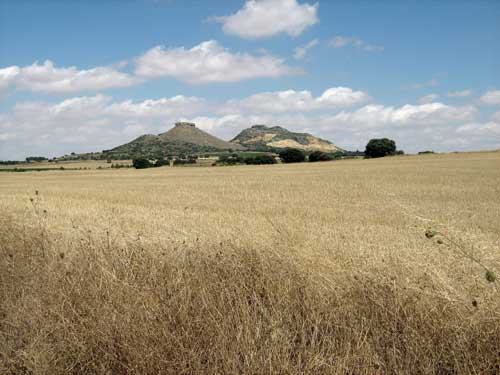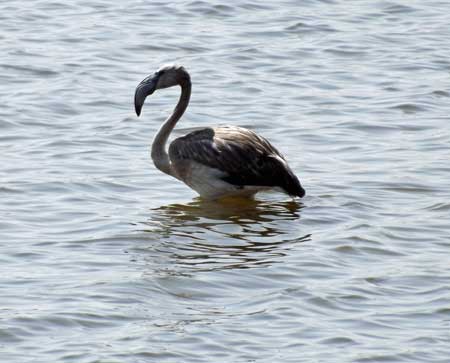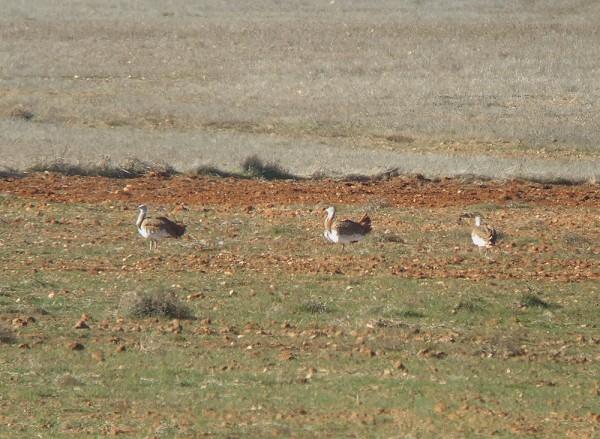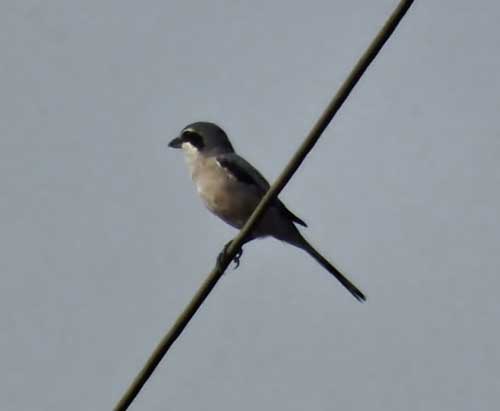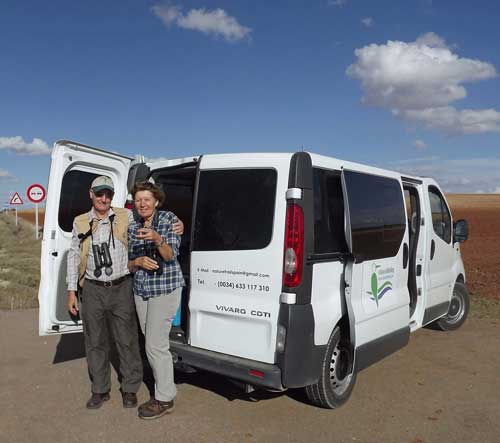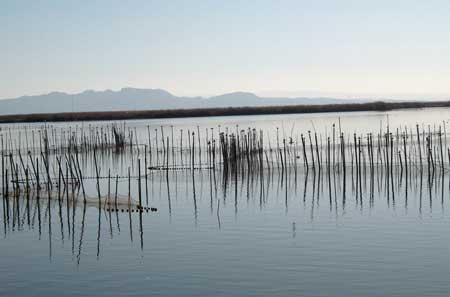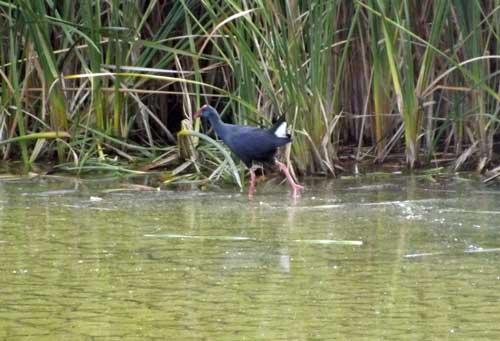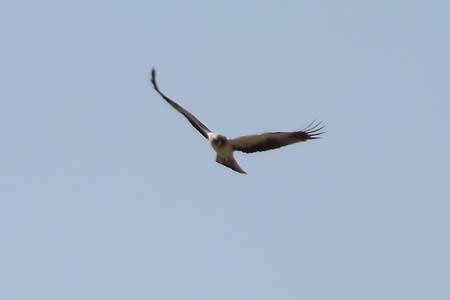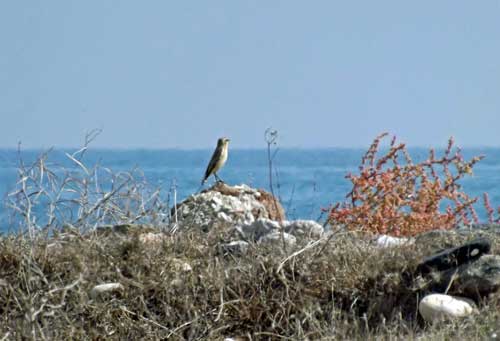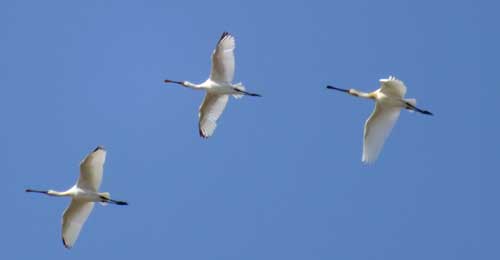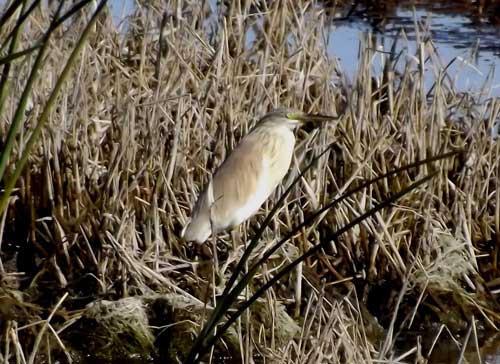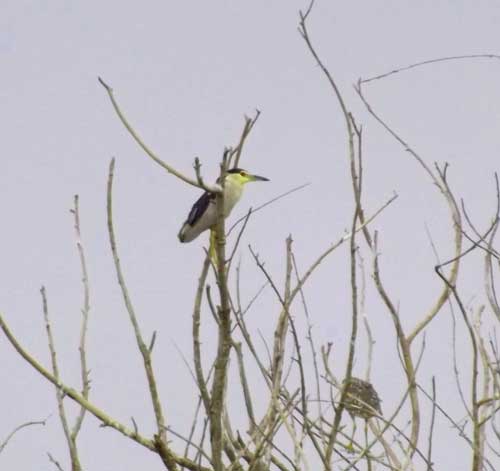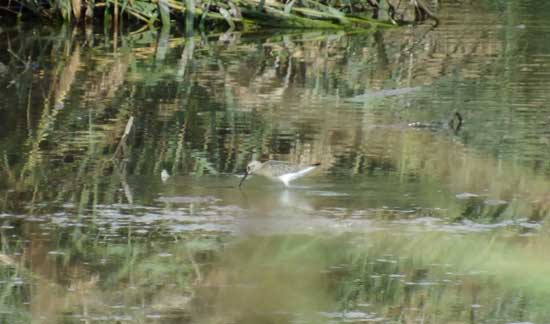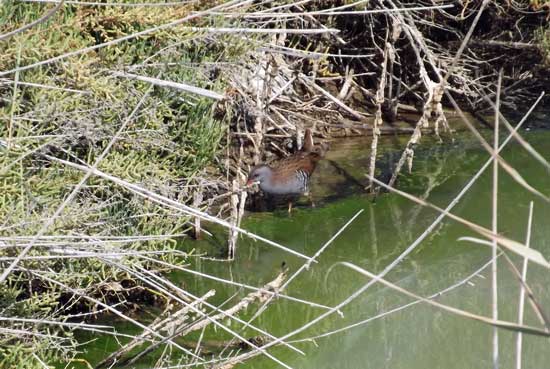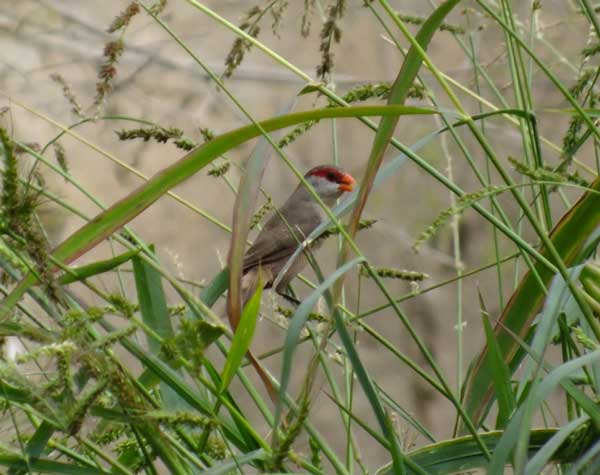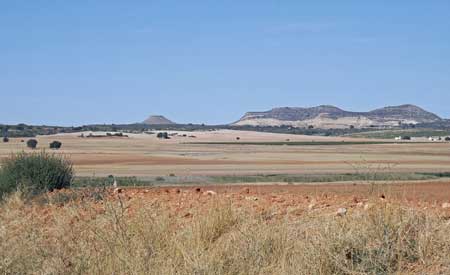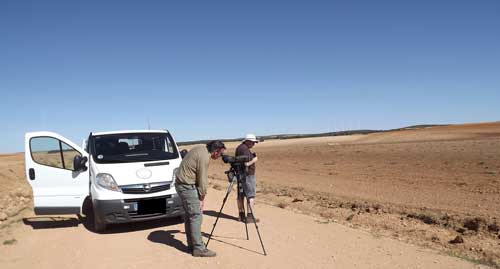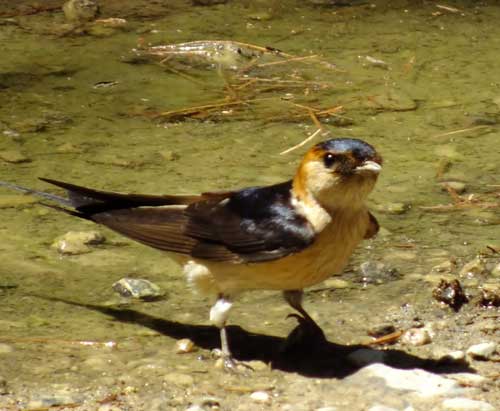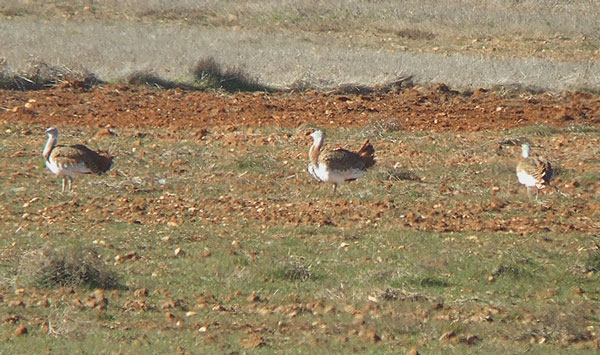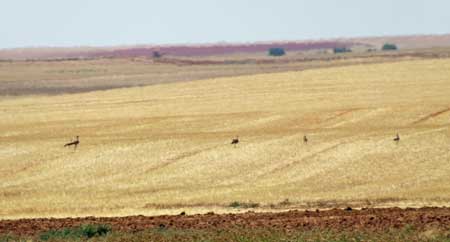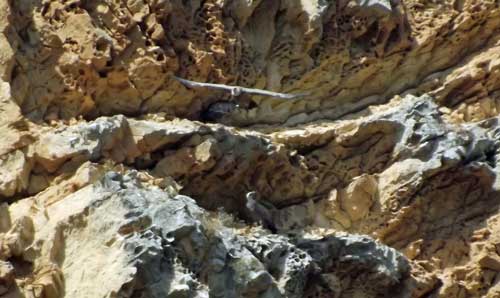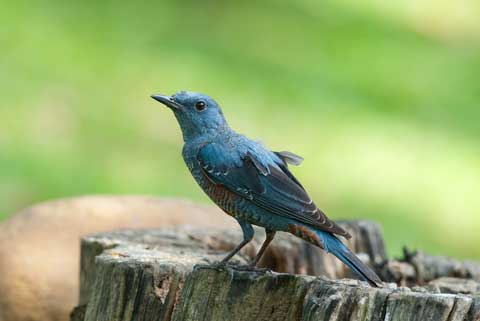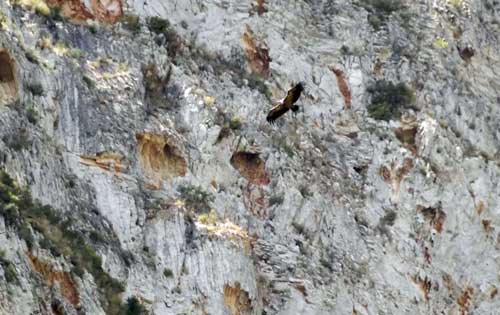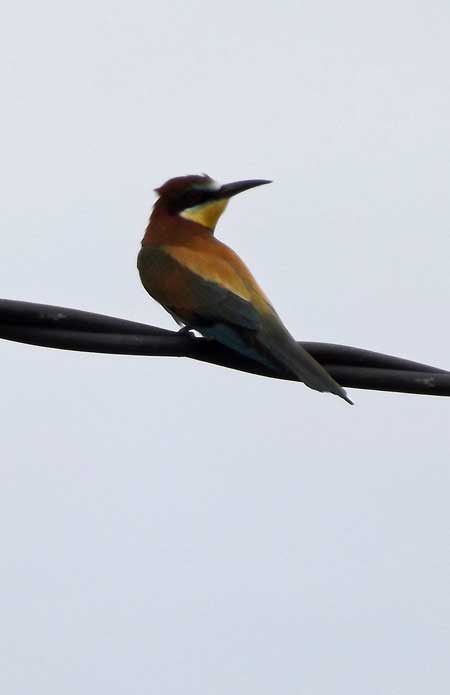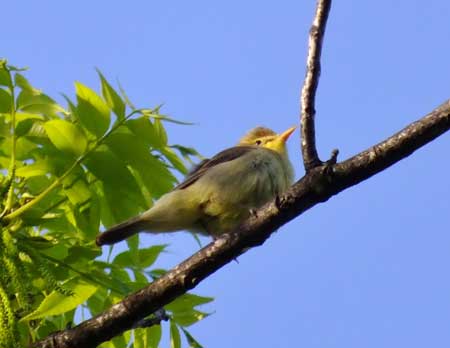On 4th December, we arranged a trip to the
Valencian Coastal Wetlands for a group of 8 local birders. After the
obligatory morning coffee, we parked the van near the beach. The day got
off to a fantastic start the moment we got out of the van with
immediate views of a Kingfisher perched on a reed overhanging a small
canal. Things then turned from the sublime to the ridiculous as a bright
green bird flew by…one that we identified as a budgerigar!! After some
discussion about whether we could include it on the list, we headed to
the first lagoon.
A chiffchaff, the first of many for the day was flitting around, soon to
be joined by a Black Redstart. The lagoon held Shoveler and Teal and
the surrounding reed beds were being patrolled by a Marsh Harrier.
A stroll up the coast gave good views of Stonechat, Northern
Wheatear, Hoopoe and Reed Bunting. Then another oddity…an unusual bird
and one that we had clear views of for a good 10 minutes. The firm
consensus of opinion within the group was that we were looking at a
Desert Wheatear, a real rarity for Spain. We´d had great views and
everything pointed to Desert Wheatear. (Having consulted with the
rarities committee, the only other possibility is a leucistic
Stonechat). This was followed with sudden and superb views of a Booted
Eagle, the low winter sun illuminating its plumage magnificently.
As we watched the next lagoon, the bushes around the shore gave brief
but good views of a pair of Sub-Alpine Warblers. Crag Martins were
around in good numbers and we enjoyed further views of Marsh Harriers.
After lunch we walked through more reed beds and out into some rough
pasture land where we saw an Iberian Grey Shrike, Sardinian Warbler,
Lapwing and a Hen Harrier. The day was brought to a close with a visit
to another coastal lake where we saw dozens of Cormorants coming in off
the sea, Coot, Shoveler and finally three Purple Swamphens.
Another great visit to this very special area that always delivers at least one surprise!
The day´s species list included :
Booted Eagle, Buzzard, Hen Harrier, Iberian Grey
Shrike, Kestrel, Marsh Harrier, Black Redstart, Blackbird, Crag
Martin, Desert Wheatear, Goldfinch, Greenfinch, Hoopoe, House
Sparrow, Kingfisher, Magpie, Northern Wheatear, Pied Wagtail, Reed
Bunting, Robin, Skylark, Spotless Starling, Stonechat, Wood
Pigeon, Chiffchaff, Fan Tailed Warbler, Sardinian Warbler, Sub-Alpine
Warbler, Coot, Little Grebe, Mallard, Moorhen, Pochard, Purple
Swamphen, Shoveler, Teal, Cattle Egret, Grey Heron, Lapwing, Little
Egret, Cormorant, Yellow Legged Gull









.jpg)



